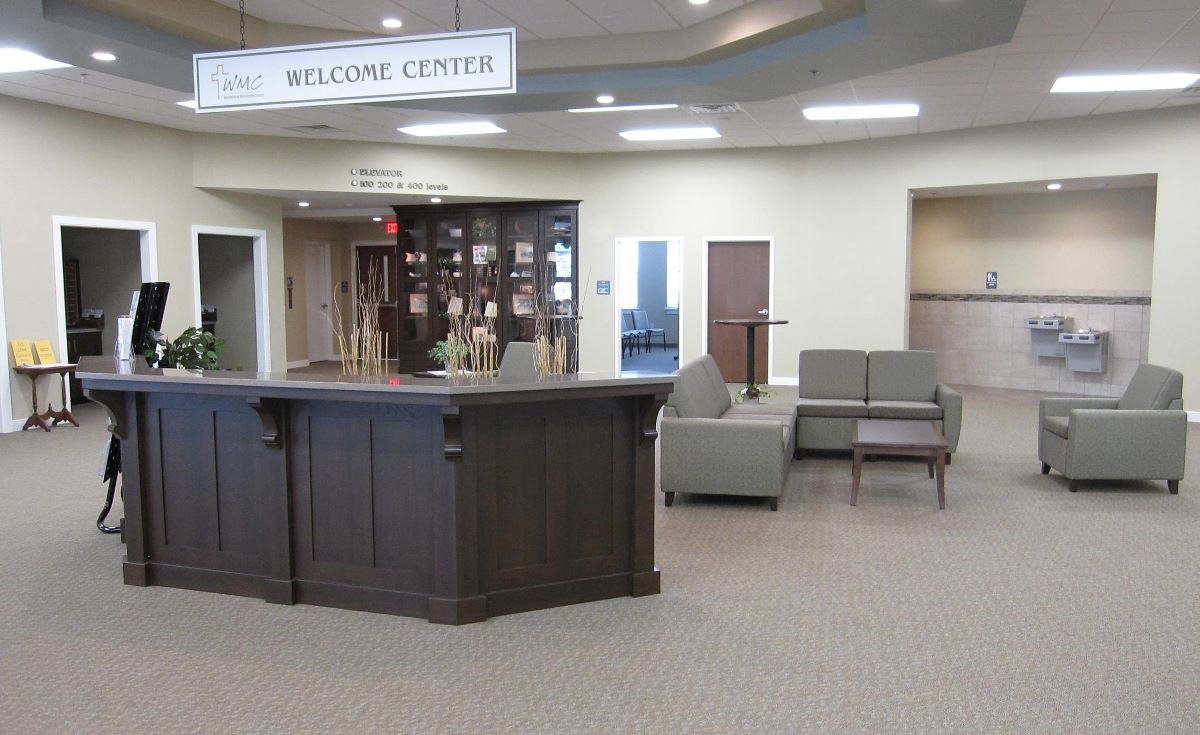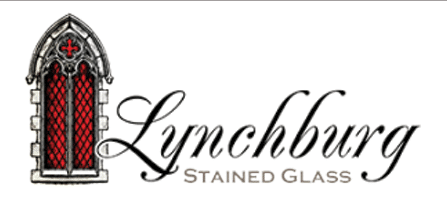Whether historic or newly constructed, churches serve as spiritual, social, and community hubs. Over time, the design of church interiors, especially gathering spaces, has evolved to accommodate the diverse needs of congregations. These spaces are dynamic environments that support flexible seating arrangements, functionality, comfort, and aesthetic variety. Whether a church is centuries old or a modern structure, gathering spaces are adaptable, functional, and comfortable, while also considering sustainability and design customization.
Contract Furniture: A Longer Life Than Retail
Contract furniture is built to perform in high traffic, heavy-use environments. Since contract furniture is engineered to be stronger, so it will last longer than retail furniture. Contract furniture design prioritizes durability. Retail furniture does not withstand the rigors of usage in high traffic areas. Ergonomics, lifestyles, and comfort are also considerations in development.
Contract furniture often meets stricter safety standards and regulations, ensuring it is safe for all, including those with disabilities. It can also be customized to fit the specific needs and aesthetic of the worship space, providing a cohesive and welcoming environment for all. Finally, contract furniture typically comes with better warranties and customer support, offering peace of mind and protection for your investment.
Flexibility: Adapting to Modern Needs
The concept of flexibility in gathering spaces is essential for churches today. This transformation allows churches to maximize the use of their spaces and adapt to fluctuating attendance and various activities.
Flexible seating options, like stackable or modular chairs, enable churches to transition from one function to another with minimal effort. For example, a sanctuary can be reconfigured from a worship service setting to a banquet hall or seminar room. Flexibility in furniture is crucial to catering to a multi-generational congregation with varied needs.
In older churches, the challenge lies in incorporating flexible seating while respecting the historical aesthetic. Modern interventions like movable benches and chairs designed to blend with the church’s architectural style can preserve the integrity of the space while enhancing its usability.
Functionality: Creating Multi-Purpose Spaces
Church design emphasizes multi-functionality. Gathering spaces serve a variety of roles, from worship services and small group meetings to community outreach events and children’s activities. To achieve this, churches integrate functionality into the design process.
Incorporating versatile seating is important in creating functional spaces. For example, a church might partner with local community organizations to provide services like job training, health clinics, support group meetings, or food distribution. The same space may also be used for vacation bible school with activities such as crafts, storytelling, and group games. Flexible chairs and tables can be rearranged and easily cleaned to suit the needs of each activity, making the space dynamic and engaging for all types of events and age groups.
Churches play a vital role in addressing the needs of their communities. The ability to adapt the space for various functions not only maximizes the use of the church facilities but also strengthens the church’s connection with its community, making it a central and supportive presence in people’s lives.
Comfort: Welcoming Members and Visitors
Comfort is another essential aspect when designing gathering spaces in churches. Today’s congregations expect a welcoming and comfortable environment.
Seating should be ergonomic, offering support for extended periods of sitting, whether for prayer or a community meeting. As congregations age, comfortable and accessible seating is critical for those with mobility issues, including space for wheelchairs and walkers.
Fabrics should be durable yet comfortable, such as upholstered chairs with breathable and cleanable, or stain-resistant fabric that can withstand the wear and tear of frequent use.
Renewability and Sustainability: Designing for the Future
Sustainability is another key focus for churches when creating gathering spaces. Renewable materials and eco-friendly finishes are essential in the construction and renovation of these areas.
For older churches, supporting a balance between preserving historical features and introducing sustainable practices can be achieved by using reclaimed or recycled seating materials.
For new construction, designers have greater freedom to incorporate renewable materials and sustainable products from the beginning. Sustainably sourced fabrics can be used to create seating and other furnishings.
Environmental certifications, like BIFMA® and GREENGUARD®, play a crucial role in ensuring the safety, durability, and health of the worship facility. Since churches often serve as community centers, hosting a variety of activities that require reliable and safe furniture, BIFMA® Certification guarantees that the furniture meets rigorous standards for structural performance and durability, ensuring it can withstand frequent use and potential misuse.
Meanwhile, GREENGUARD® Certification ensures that the furniture contributes to healthier indoor air quality by emitting low levels of harmful chemicals. This is particularly important in spaces where people gather for extended periods. Churches can create a safer, healthier, and more sustainable environment for their congregations and communities by choosing products with these certifications.
Customization: Unique Shapes, Sizes, and Materials for Every Need
One of the most exciting advancements in church design is the ability to customize gathering spaces to reflect the congregation’s unique personality and needs. Churches can integrate custom seating arrangements and designs that are unique to their community, creating gathering spaces that are truly reflective of their identity.
Materials such as wood, laminate, solid surface, and polys or thermoforms offer additional customization opportunities to enhance the visual appeal of church gathering spaces and contribute to creating a welcoming and functional environment for members.
Custom shapes and sizes for seating, whether curved benches, geometric patterns of chairs, or modular sofas, allow for creative layouts that enhance the functionality and visual appeal of the space. These arrangements can also help create more intimate settings or encourage community interaction, such as a circular seating plan that creates group discussions.
Many churches have shifted towards a more industrial aesthetic, embracing raw materials like steel beams, exposed brick, and metal-based furniture. This trend reflects a desire to create modern, functional spaces that resonate with younger members and urban communities. The industrial look, characterized by open layouts, neutral color palettes and a focus on practicality, helps foster a sense of openness and adaptability. It emphasizes simplicity, flexibility, and inclusivity, making church spaces feel more accessible and relevant to contemporary worshippers.
In older churches, custom solutions marry historical architecture with modern seating designs. For example, pews can be custom-built to fit the original aesthetic while adding modern comforts like upholstered seats and backs. Similarly, modern chairs can be designed to reflect the patterns or motifs found in the church’s architecture, helping new elements blend seamlessly with the old.
Conclusion
Whether a church is steeped in history or is newly constructed, the principles of flexibility, functionality, comfort, renewability, and customization can be applied in its gathering spaces.
For historic churches, thoughtful design choices ensure the space stays relevant without erasing the past. Historical features like stained glass windows and intricate woodwork add timeless elegance. These elements provide a beautiful backdrop that honors the church’s rich history. The careful choice of modern elements complementing historical architecture creates a harmonious blend. Neutral colors and sleek designs of the modern furniture do not overshadow the historical features but rather highlight them, creating a balanced and cohesive look.
For new churches, there’s more freedom to make cutting-edge solutions from the ground up, often combining traditional forms with modern innovations to create a welcoming and adaptive space.
In both cases, gathering spaces that are thoughtfully designed enhance not only the functionality of the church but also the spiritual and communal experience. These spaces, when crafted with care and creativity, offer congregants a place to feel welcome, take part, and connect—whether for worship, fellowship, or community events.
This article is courtesy of Sauder Worship Seating, which has almost 90 years of experience providing church pews, worship chairs, auditorium seating, and platform furniture to worship facilities throughout North America, www.sauderworship.com.
















